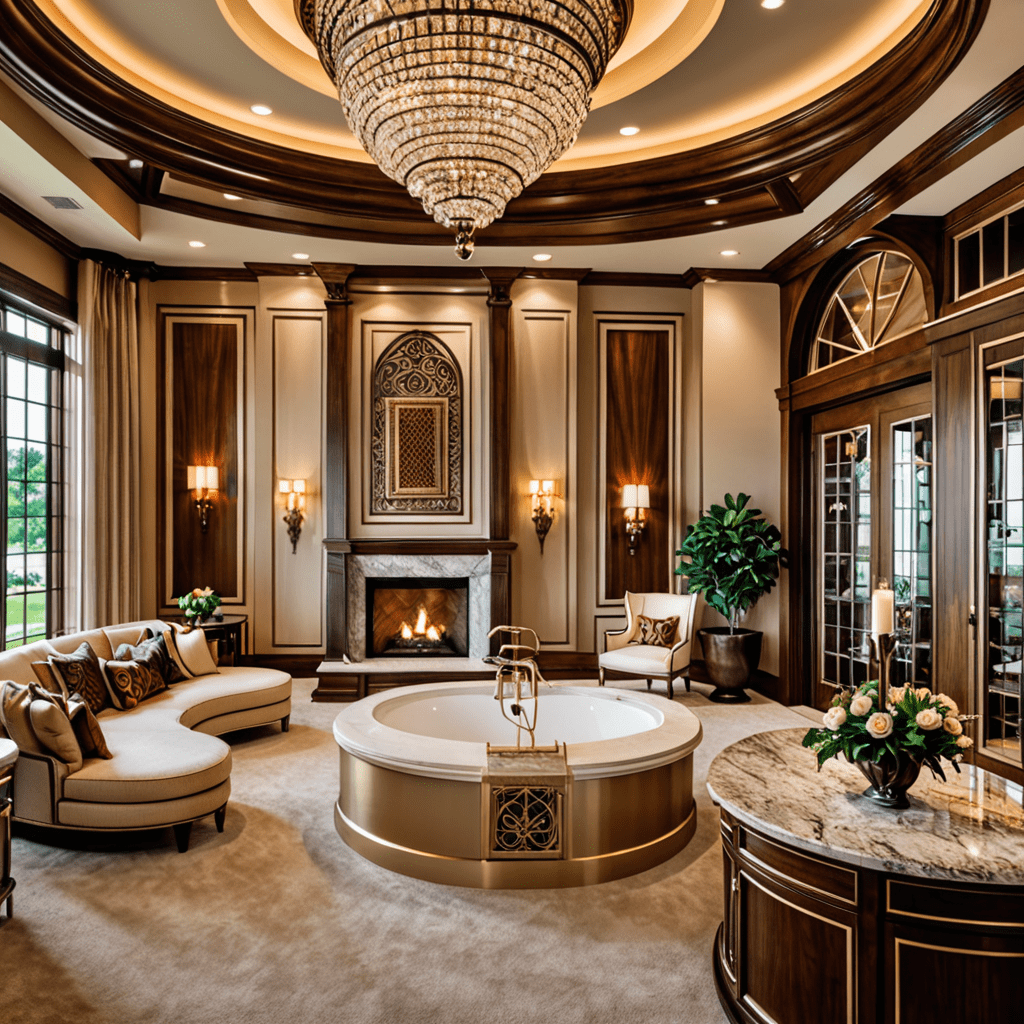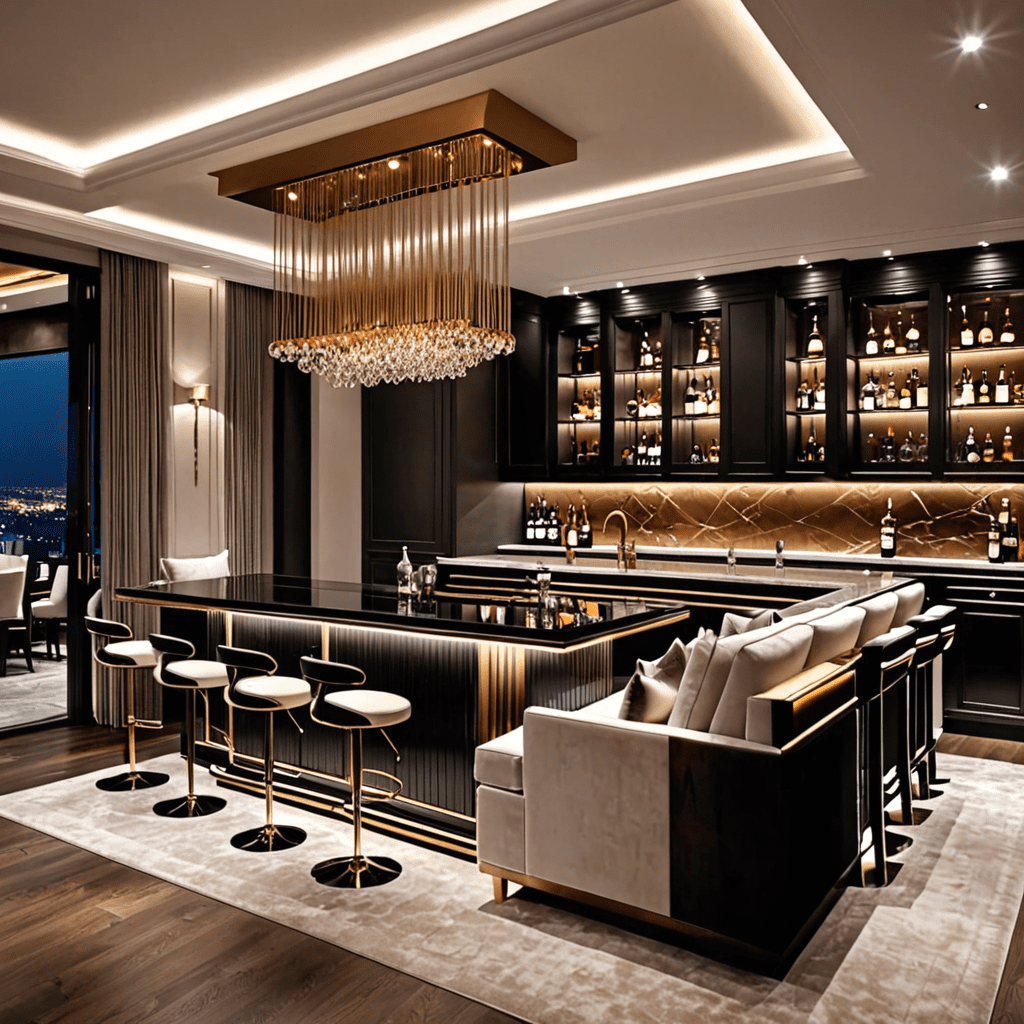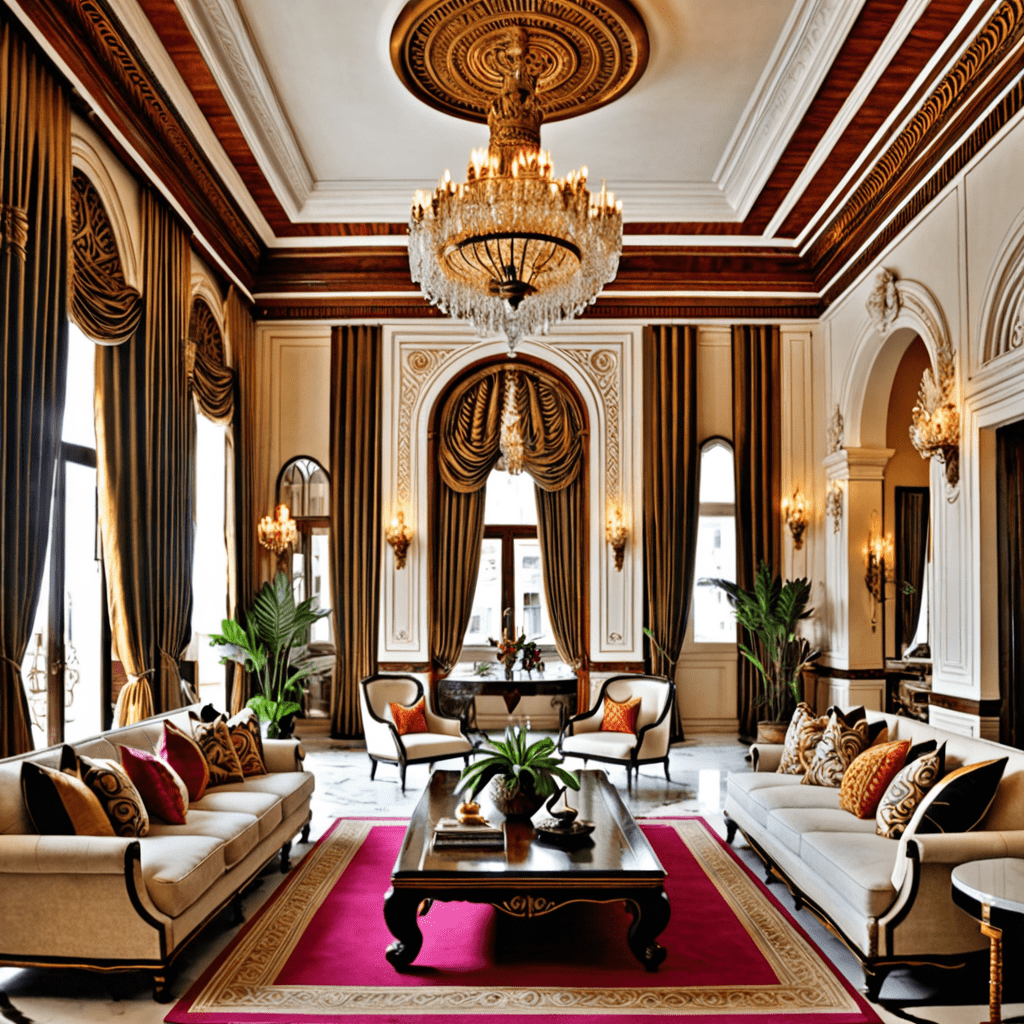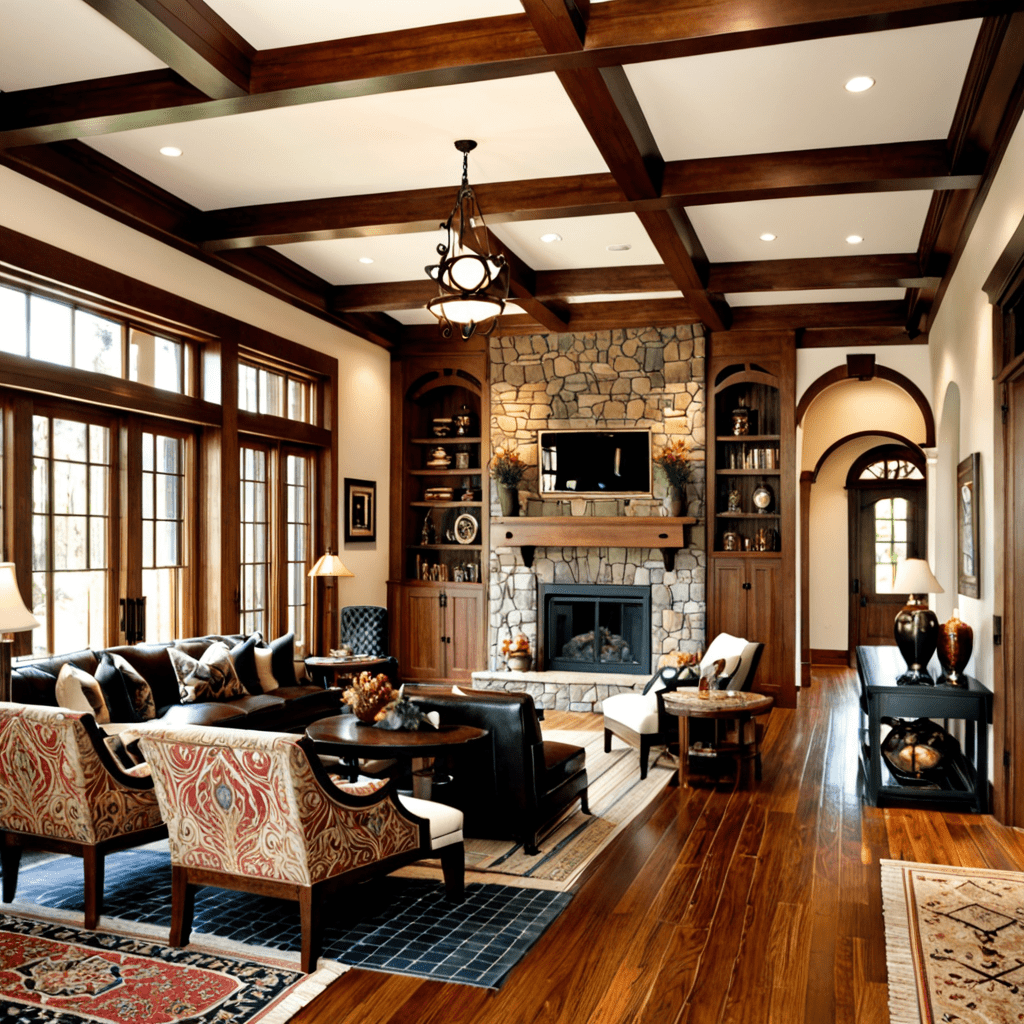How to Create Moody Interior Design
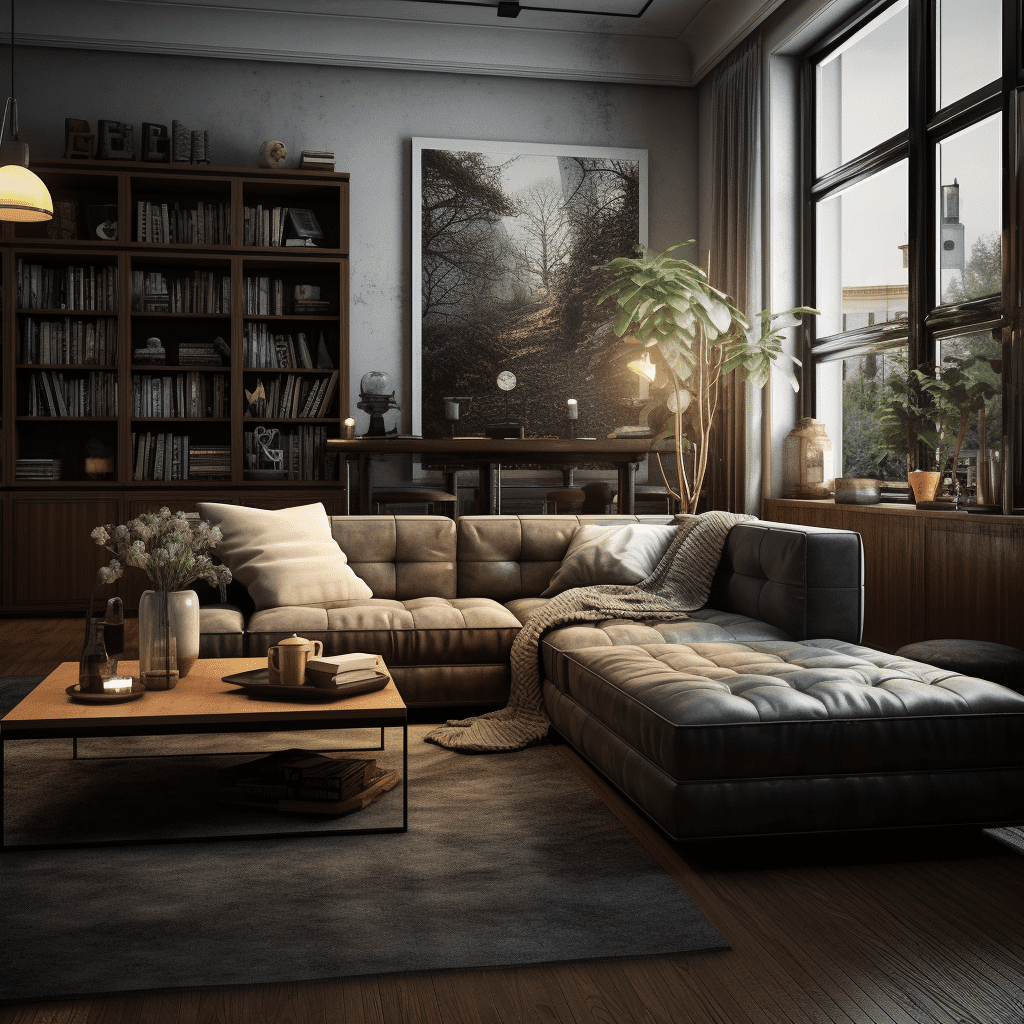

Decorating with Moody Interior Design: A Touch of Elegance and Drama
When it comes to interior design, there are countless styles and trends to choose from. One style that has been gaining popularity in recent years is moody interior design. This design style embraces dark and dramatic elements, creating an atmosphere of elegance and sophistication. In this blog post, we will explore the key features of moody interior design and provide some tips for incorporating this style into your own home.
What is Moody Interior Design?
Moody interior design is all about creating a dark, atmospheric space in your home. It combines rich and dramatic colors, luxurious textures, and bold statement pieces to evoke a sense of mystery and sophistication. This design style often features deep hues such as navy blue, emerald green, or charcoal gray, along with metallic accents and plush fabrics. Moody interior design is perfect for those who want to create a unique and visually captivating space that exudes elegance and drama.
Embracing Dark Colors
One of the defining characteristics of moody interior design is the use of dark and intense colors. The color palette typically includes deep blues, greens, purples, and grays. These colors create a sense of depth and coziness in a room, making it feel inviting and intimate. When incorporating dark colors into your space, it’s essential to balance them with lighter elements, such as white or cream furniture or accessories, to prevent the room from feeling too heavy or overwhelming.
Playing with Textures
Textures play a crucial role in moody interior design, adding dimension and visual interest to a space. Soft and luxurious materials like velvet, suede, and faux fur work well in this design style, creating a sense of opulence and comfort. Experiment with different textures through throw pillows, rugs, curtains, and upholstery to add depth and tactile experiences to your space. Mixing and matching materials can help create a visually intriguing and inviting atmosphere.
Lighting to Create Ambiance
Lighting is another essential aspect of moody interior design. Properly placed lighting can enhance the ambiance and highlight the darker elements of the room. Incorporate a variety of light sources, such as floor lamps, table lamps, and wall sconces, to create layers of lighting and add drama to your space. Consider using dimmer switches to control the intensity of the light and create different moods throughout the day. Additionally, opt for warm, soft white bulbs to create a cozy and inviting atmosphere.
Statement Pieces and Accents
To truly embrace the moody interior design style, incorporate bold and dramatic statement pieces and accents. These can include oversized artwork, a unique chandelier, an antique mirror, or a stunning piece of furniture. These statement pieces instantly draw attention and become the focal point of the room, adding personality and visual interest. When selecting statement pieces, be mindful of proportion and balance to ensure they fit seamlessly into the overall design of the space.
Frequently Asked Questions (FAQ)
Q: Can moody interior design work in small spaces?
A: Yes, moody interior design can work well in small spaces. The key is to balance the dark elements with lighter colors and strategically placed lighting to create an illusion of space. Mirrors can also help reflect light and create a sense of openness. Additionally, incorporating multipurpose furniture and maximizing storage can help maintain functionality in small moody-designed spaces.
Q: How do I choose the right color scheme for a moody interior design?
A: When choosing a color scheme for moody interior design, start with a base of deep, rich colors such as navy blue, emerald green, or charcoal gray. Then, select complementary or contrasting colors to add visual interest. For example, pair deep blue walls with rich mustard yellow accents, or combine dark gray furnishings with pops of vibrant red. Experiment with different color combinations to find the one that resonates with your personal style and creates the desired ambiance.
Q: Can I incorporate soft and light elements in a moody interior design?
A: Yes, incorporating soft and light elements can be a beautiful contrast in moody interior design. Adding light-colored furniture, such as a cream-colored sofa or a white area rug, can help balance the darker elements and create a sense of harmony in the space. Additionally, using lighter-colored curtains or sheer fabrics can allow natural light to filter through, providing a gentle and ethereal touch to the overall design.
Q: Can I mix different design styles with moody interior design?
A: Yes, mixing different design styles with moody interior design can add depth and visual interest to your space. For example, incorporating elements of contemporary or Scandinavian design can help balance the boldness of moody design with clean lines and minimalism. However, it’s important to find a cohesive thread that ties all the elements together and creates a harmonious look. Experiment with different combinations to find what works best for your personal style and preferences.
Q: How do I create a cozy and inviting atmosphere in a moody interior design?
A: To create a cozy and inviting atmosphere in a moody interior design, focus on layering textures, incorporating comfortable seating, and using warm lighting. Adding plush rugs, cozy throw blankets, and soft cushions can make a space feel inviting and comfortable. Furthermore, selecting comfortable and stylish furniture, such as a velvet sofa or a padded armchair, enhances the cozy ambiance. Pay attention to the lighting by using warm-toned bulbs and incorporating candles for a soft and intimate glow.
Q: Are there any precautions when using dark colors in moody interior design?
A: While dark colors can add depth and drama to a space, it’s important to consider a few precautions. Darker colors can make a room feel smaller, so it’s crucial to balance them with lighter elements and strategic lighting. Additionally, be mindful of natural light sources in the room, as dark colors can absorb light and make the space feel gloomy. Consider incorporating reflective surfaces, such as mirrors or metallic accents, to bounce light around the room and create a brighter atmosphere.
